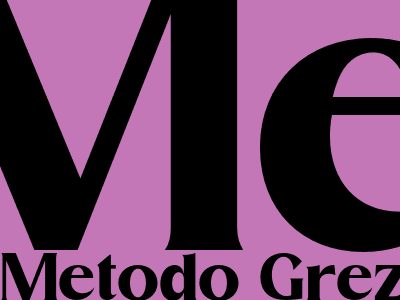SEO Best Practices for 2023
Introduction: An Overview of SEO Trends
In the ever-evolving digital landscape, search engine optimization (SEO) remains a crucial aspect of online visibility and success. With Google's relentless algorithm updates and the increasing sophistication of search engine users, staying abreast of the latest SEO best practices is essential for businesses and content creators alike.
Content Optimization: Crafting High-Quality, Relevant Content
Content remains the cornerstone of effective SEO. Google prioritizes websites that provide users with valuable, informative, and engaging content. Focus on creating original and well-written articles, blog posts, and other content that aligns with your target audience's intent and provides genuine value.
Conduct thorough keyword research to identify the terms and phrases your audience is searching for and incorporate them into your content naturally and without keyword stuffing. Ensure your content is easy to read, scannable, and visually appealing with the use of headings, subheadings, bullet points, and images.
Headline Optimization: Craft Compelling and Click-Worthy Titles
Your headlines play a critical role in attracting clicks and driving traffic to your content. Craft compelling headlines that accurately reflect the content of your article while incorporating relevant keywords. Keep your headlines concise, around 60 characters or less, and use strong verbs and numbers to make them more enticing.
Technical SEO: Ensuring a Seamless User Experience
Technical SEO involves optimizing your website's backend to ensure that it is crawlable, indexable, and provides a positive user experience. This includes aspects such as site speed, mobile-friendliness, and structured data markup.
Google's Core Web Vitals are a set of metrics that measure the user experience on your site. Aim to optimize for these metrics by ensuring your site loads quickly, is easy to navigate, and provides a stable visual layout. Implement structured data markup to make it easier for search engines to understand the content on your pages.
Page Speed Optimization: Ensuring Lightning-Fast Loading Times
Page speed is a crucial ranking factor. Aim to have your pages load within 2-3 seconds. Use tools like Google PageSpeed Insights to identify areas for improvement and implement optimizations such as image compression, minification of CSS and JavaScript files, and enabling browser caching.
Backlink Building: A Testament to Credibility and Authority
Backlinks, also known as inbound links, are links from other websites pointing to your own. They serve as a vote of confidence from other sites and indicate to Google that your content is credible and valuable. Secure backlinks from reputable websites in your industry by creating shareable and linkable content, engaging in outreach campaigns, and participating in industry events.
Monitor your backlinks regularly using tools like Google Search Console and disavow any low-quality or spammy links that may harm your website's reputation. Focus on building natural and organic backlinks through genuine relationships and collaborations.
Anchor Text Optimization: Leverage Strategic Keywords in Backlinks
Anchor text is the visible text used in backlinks. Optimize your anchor text by using relevant keywords while avoiding over-optimization. Ensure that the anchor text accurately reflects the content of the page it is linking to and provides context for users.

Komentar